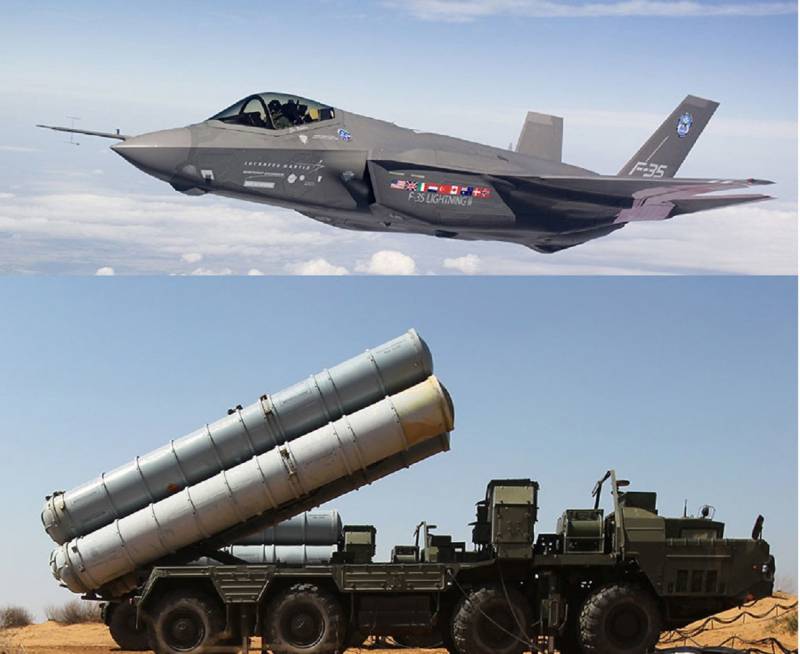SOURCE: AFI


The Biden administration has sent a clear message to New Delhi: no weapons system or hardware is off the table when it comes to strengthening India’s defence capabilities. In a significant move to demonstrate this commitment, the U.S. government offered India two of its most advanced missile defence systems, the MIM-104 Patriot and the Terminal High Altitude Area Defense (THAAD), in an attempt to dissuade India from purchasing the Russian S-400 air defence system. Despite the U.S. offer, India went ahead with the S-400 acquisition, a decision that has not deterred the Biden administration from pursuing deeper defence ties with New Delhi.
The MIM-104 Patriot is a surface-to-air missile (SAM) system that provides medium-range, high-altitude air defense capabilities against a wide range of threats, including tactical ballistic missiles, cruise missiles, and advanced aircraft. The THAAD system, on the other hand, is an advanced anti-ballistic missile defense system designed to intercept and destroy short, medium, and intermediate-range ballistic missiles during their terminal phase of flight. Both systems are among the most sophisticated and capable in the U.S. defense arsenal, reflecting the seriousness of Washington’s desire to engage India as a strategic defense partner.
The offer of the Patriot and THAAD systems was seen as a significant gesture by the U.S. to bring India closer into its defence orbit and to counter Russian influence, particularly concerning India’s decision to purchase the S-400 Triumf, a sophisticated air defence system developed by Russia. The U.S. offer was intended to align India’s defence procurements with those of its strategic partners in the Indo-Pacific and beyond, promoting interoperability and reinforcing shared security objectives.
Despite the U.S. offer, India chose to proceed with the acquisition of the S-400 system from Russia. The S-400 is one of the most advanced long-range air defense systems globally, capable of engaging a wide range of aerial threats, including aircraft, drones, and ballistic missiles. The decision was driven by India’s strategic requirements, its long-standing defense relationship with Russia, and the system’s proven capabilities in diverse operational conditions.
India’s purchase of the S-400 raised concerns in Washington, particularly given the U.S. sanctions framework under the Countering America’s Adversaries Through Sanctions Act (CAATSA), which targets countries engaged in significant transactions with Russian defence and intelligence sectors. However, the Biden administration has demonstrated flexibility, signaling a willingness to consider India’s unique strategic requirements and its evolving defence needs.
Despite the complexities introduced by India’s S-400 purchase, the Pentagon remains keen to see India as a potential operator of the F-35 Lightning II, one of the most advanced stealth multirole fighters in the world. The F-35 offers unmatched capabilities in terms of stealth, advanced avionics, sensor fusion, and networked operations, making it a formidable platform for air superiority and ground attack missions. The aircraft would significantly enhance India’s air combat capabilities, providing a qualitative edge in the region. India is a crucial partner in the Quad that is often called Anti-Chinese NATO but India is the only partner that doesn’t operate F-35 in its fleet and that bothers the Pentagon the most that it has expressed concerns about it to Indian officials.
Bringing F-35s at the Aero India 2023 was one of those signals for India, Unlike Turkey, India is a vast country that can deploy S-400 on one side of the country and still operate F-35s on the other side without crossing each other. Pentagon officials are keen that the IAF deploy F-35 against China in the North-East while the IAF deploys S-400 Squadrons from North to West of the Country without overlapping each other’s system, which was simply not possible with Turkey lacking the depth like India.
While the integration of the F-35 with India’s existing Russian-made S-400 systems poses technical and strategic challenges—given the risk of potential data exposure to Russia—many Pentagon officials have hinted that the F-35 sale is not entirely off the table. They have suggested that India, as a large country with diverse security needs and a vast geographical expanse, could effectively deploy both systems in different regions without compromising their operational integrity or the confidentiality of sensitive technology.